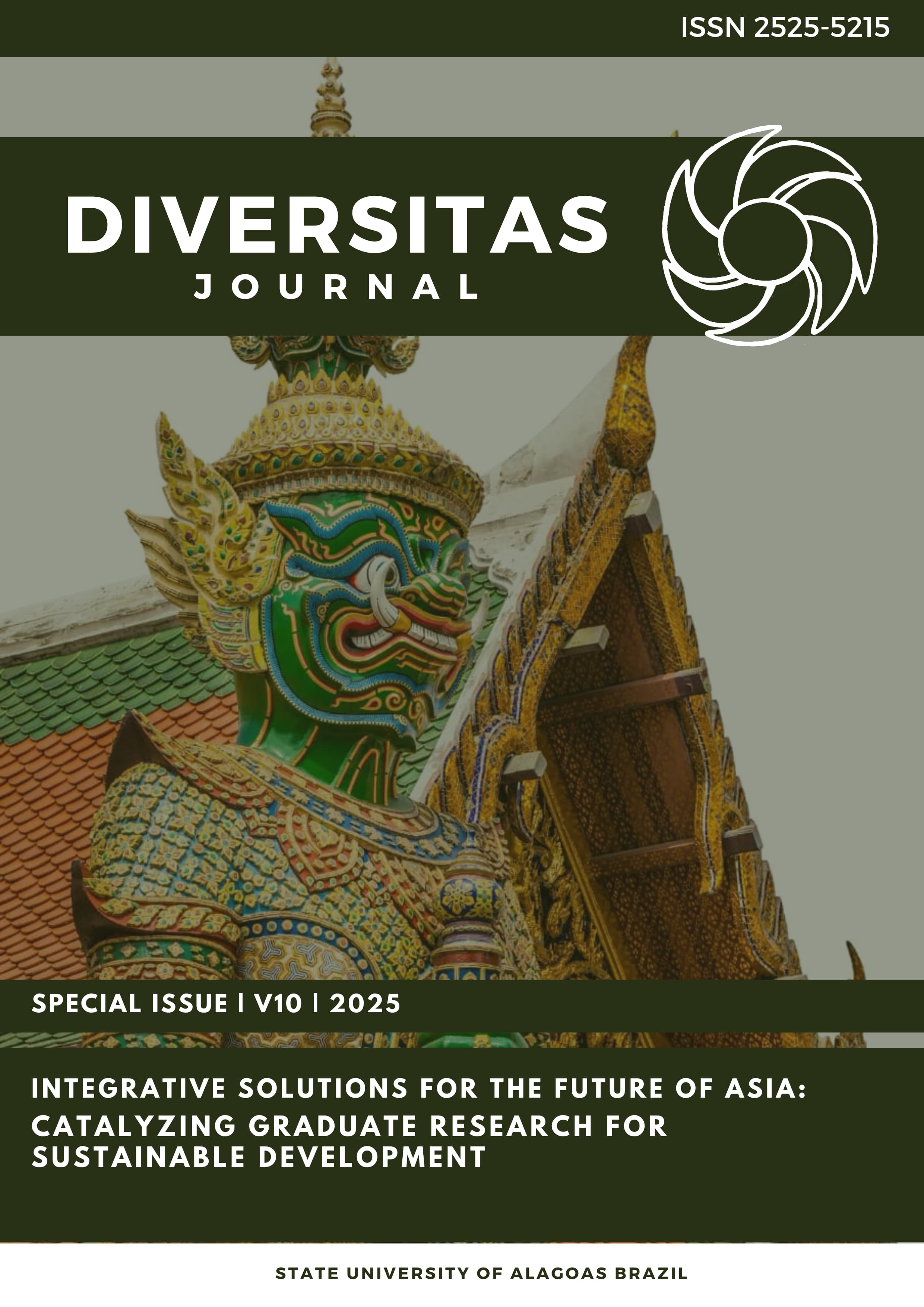Homestay Accommodations in the Philippines: An Assessment into the Compliance Department of Tourism Standards
DOI:
https://doi.org/10.48017/dj.v10ispecial_1.3172Keywords:
Homestay Accomodations, Compliance, Department of Tourism Standard, Homestay Operation, Home Owners, TouristAbstract
This study provides light on the distinctive features and operational dynamics of homestay accommodation in Santiago, San Francisco Camotes Island, Cebu, by providing a thorough exploration of their present profile state. To support the homestays that are already operating in the area, this study assesses the degree of compliance of lodgings with the Department of Tourism's homestay guidelines. In order to evaluate homestay operations, the researchers employed a quantitative and qualitative research approach. The LGU and homestay operators are the responders considering Santiago had been selected as the study's chosen environment. The DOT homestay standards criteria served as the foundation for the self-created questionnaire. The study's findings demonstrated that, in terms of homestay locations and amenities, the homestays had completely accomplished with the requirements. The study shows that there is variation in the types of rooms, amenities, and management approaches, which gives visitors a more personalized and authentically local experience. The Homestay Program alleviates the shortage of accommodation by offering rooms in Santiago, San Francisco, Camotes Island, to visitors. In-charge of overseeing these homestay lodgings, host families are essential, taking a hands-on approach to everything from food preparation to laundry and room maintenance. This high degree of participation creates a unique and genuine ambiance that makes visitors feel like they are part of a community. The researchers concluded that in order to improve the homestay operations already in place in the destination, workshops and seminars should be provided to the homestays, who have the ability to seek for certification.
Metrics
References
ASEAN. (2016). The homestay program is a form of alternative tourism where tourists stay with the hosts' family in the same.
Cohen, E. (2019). Home and away: Creating second homes at the tourist destination. Channel View Publications.
Dacles, D. D. M., Del Rosario, F. Y. G., & Maslang, K. L. (2018). "The Homestay Phenomenon: Expedient Homes in the Majestic Cordillera Highlands." World Journal of social Sciences and Humanities, 4(3), 162-169.
Dalogaog, L. P. D. E., et al. (2019). "Community-Based Homestay Service: A Proposed Livelihood Project for the Dumagats." 11th International Scholars Conference, 7(1), 1175-1193.
Guevarra, S. V., & Rodriguez, M. C. P. (2015). "Homestay and Tourism in a Philippine Municipality: A Conceptual Framework for Sustainability." Social Science Diliman: A Philippine Journal of Society and Change, 11(1).
Gursoy, D., Chi, C. G., & Lu, L. (2018). Antecedents and outcomes of travelers'
emotional homestay attachment. Journal of Travel Research, 57(8), 1005-1020.
Jamal, T. B., & Getz, D. (1999). Community roundtables for tourism-related conflicts: The dialectics of consensus and process structures. Journal of Sustainable Tourism, 7(3-4), 290-313.
Kimaiga, R. K. (May, 2015). Homestay Tourist Accommodation as a tool for socio-economic well-being of rural communities in Kenya: A Case of TaitaTaveta County. Retrieved September 15, 2022, from the website http://ir-library.ku.ac.ke/handle/123456789/13289
Lynch, Mcintosh, and Tucker as cited by Kimaiga, R. K., (May, 2015). Homestay Tourist Accommodation as a tool for socio-economic well-being of rural communities in Kenya: A Case of TaitaTaveta County. Retrieved September 15, 2022, from the website http://ir-library.ku.ac.ke/handle/123456789/13289
Pantig, E. (1992) Homestay Sites Chapter VII: Rules and Regulations to govern the Accreditation of Tourism-Related Establishments. Manila, Ph.
Sharpley, R. (2014). Host perceptions of tourism: A review of the research. Tourism Management, 42, 37-49.
Sigala, M. (2005). An integrative framework for customer value in tourism: Implications for rural tourism providers. Tourism Review, 60(3), 31-44.
Downloads
Published
How to Cite
Issue
Section
License
Copyright (c) 2025 Leigh Anne Fernandez

This work is licensed under a Creative Commons Attribution 4.0 International License.
The Diversitas Journal expresses that the articles are the sole responsibility of the Authors, who are familiar with Brazilian and international legislation.
Articles are peer-reviewed and care should be taken to warn of the possible incidence of plagiarism. However, plagiarism is an indisputable action by the authors.
The violation of copyright is a crime, provided for in article 184 of the Brazilian Penal Code: “Art. 184 Violating copyright and related rights: Penalty - detention, from 3 (three) months to 1 (one) year, or fine. § 1 If the violation consists of total or partial reproduction, for the purpose of direct or indirect profit, by any means or process, of intellectual work, interpretation, performance or phonogram, without the express authorization of the author, the performer, the producer , as the case may be, or whoever represents them: Penalty - imprisonment, from 2 (two) to 4 (four) years, and a fine. ”















.png)




